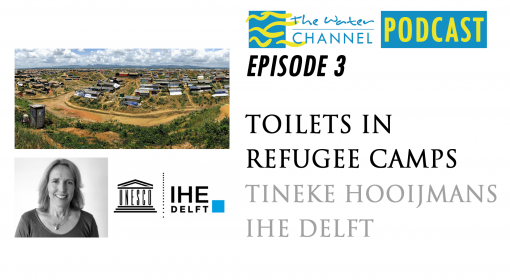How can one use freely available remote sensing data, covering a significant time period, to monitor the impact of refugee communities on the natural environment? Studies regarding this are few and far in between. Many of these studies are based on elaborate methodologies that require a lot of time.
Is there a quicker way to go about this? This webinar discusses a study that explored exactly that. It used indices with satellite imagery of 8 refugee camps in Ethiopia going as far back as 1984. The camps are from both wet and dry climatic areas. They have been monitored for land cover, vegetation, and area under surface water. The study also assessed potential relationships between the identified impacts, refugee numbers, and the surrounding local communities. It also examined the pros and cons of using indices from open access remote sensing data for the purpose of assessing refugee communities’ impacts on their surrounding natural environment.
(June 22, 2021) Using remote sensing for rapid assessment of refugee communities’ impact on local environment
Subscribe to our Newsletter
- Dossier
- Landscapes and Local Climates,Water and Development Partnership
- Tags
- Webinar's DUPC
- Date
- June 22, 2021
- Views
- Language
- Region
- Produced by


